Oct 18, 12 · Nursing Diagnosis• Ineffective airway clearance related to altered level of consciousness• Risk of injury related to decreased level of consciousness• Deficient fluid volume related to inability to take in fluids• Impaired oral mucous membranes related to mouth breathing, absence of pharyngeal reflex, and altered fluid intake•Documenting Levels of Consciousness Nursing The normal state of consciousness comprises either the state of wakefulness, awareness, or alertness in which most human beings function while not asleep or one of the recognized stages of normalA child with a head injury sleeps unless aroused, and when aroused responds briefly before falling back to sleep What should the nurse chart for this child's level of consciousness?

Glasgow Coma Scale Glasgow Coma Scale Nursing School Prerequisites Nursing Assessment
What are the four levels of unconsciousness
What are the four levels of unconsciousness-Someone in this state can be aroused with little difficulty 1 People who are obtunded have a more depressed level• level of consciousness or newonset confusion • temperature A score of 0, 1, 2 or 3 is allocated to each parameter A higher score means the parameter is further from the normal range Appropriate clinical responses are given for threshold (trigger) levels, with a recommendation to review and agree these locally



Table 1 From Improving Glasgow Coma Scale Gcs Competency Of Nurses In One Acute Stroke Unit A Nursing Initiative Project Semantic Scholar
Therefore, nursing or home care would still involve adding safety precautions to the care plan Due to client's altered level of consciousness, he or she is usually restricted to lying in bed therefore our first safety precaution would be putting up the side rails on both sides, to prevent any fallsJan 27, 21 · Two of the most commonly used tools for assessing the patient's level of consciousness is the ACVPU scale and the Glasgow Coma Scale (GCS) ACVPU is an acronym for "Alert, Confusion, Verbal, Pain, and Unresponsive" ACVPU is actually AVPU and sometimes this is still the used abbreviation in some literature but this has been updated to include the confusion•Full Consciousness Alert, awake, responds appropriately to stimuli, follows commands •Confusion Disoriented, short attention span, agitated, restless, may have hallucinations •Lethargic Drowsy, delayed response to stimuli, slow in speech and mental process, & may drift off to sleep during exam Level of Consciousness 9
Nursing Leadership during COVID19 An Interview with Rosanne Raso, DNP, RN, NEABC, FAAN, FAONL Transmission & Testing, Vaccines & Variants Staffing, Safety and Nurse WellBeingMar 19, · Treatment of Altered Conscious Level The priority is to assess airway, breathing and circulation to exclude hypoxia and hypotension Check the patient's medicine chart for reversible medicineinduced causes of an altered level of consciousness, and remember to call for expert help (Thim et al 12)May 13, · Medical illness, traumatic brain injury, alcohol intoxication, drugs, and poisonings may all lead to aberrations in a patient's neurological and physiological status in ways that cause an abnormal level of consciousness AVPU is a straightforward scale that is useful to rapidly grade a patient's gross level of consciousness, responsiveness, or mental status It comes into play
Oct 19, 17 · The Glasgow Coma Scale (GCS), designed in 1974, is a tool that has the ability to communicate the level of consciousness of patients with acute or traumatic brain injury Developed by Graham Teasdale and Bryan J Jennett, professors of neurosurgery at the University of Glasgow's Institute of Neurological Sciences, this scale is the goldConsciousness level Before discharge to an extendedcare environment, the patient should be alert, oriented, preferably with return to his or her baseline level of orientation, or at least easily arousable to verbal stimuli, and able to summon for assistance if needed 12,15 Respiratory function (airway patency and RR) At the time of PACUWelcome to the School of Nursing at the Johns Hopkins University!



Altered Level Of Consciousness



Eye Tracking Reveals How Observation Chart Design Features Affect The Detection Of Patient Deterioration An Experimental Study Sciencedirect
A Disoriented b Obtunded c Lethargic d StuporousDepartment & more CHART SMART Documenting level of consciousness Huntley, Ann RN, APRN, BC, CCRN, MSN Author Information Ann Huntley is a clinical nurse specialist at Emory Healthcare in Atlanta, Ga Nursing Quick Links Home Videos eNews Signup Nursing ArchivesThe two types of disorders are acute OBS (delirium), and chronic OBS (dementia) With the acute disorder many of the same symptoms may be present as with the chronic disorder Delirium, however, seems to have a more fluctuating level of consciousness than does dementia Cognitive functions for both disorders are the same



Glasgow Coma Scale Flow Chart A Beginner S Guide British Journal Of Nursing



To What Extent Are Gcs And Avpu Equivalent To Each Other When Assessing The Level Of Consciousness Of Children With Head Injury A Cross Sectional Study Of Uk Hospital Admissions Bmj Open
Someone in this state can be aroused with little difficulty People who are obtundedOct 25, 18 · Neurological assessment of children is a common nursing observation It is primarily conducted for two reasons to monitor a child with an altered level of consciousness after an event, eg after a convulsion;Neurological Observation Chart The EP mirrors the flow of the Adult Neurological Observation Chart ALERT / REMINDER IT IS NOT ONLY FOR USE ON NEURO A NEUROLOGICAL ASSESSMENT IS CONDUCTED TO DETERMINE LEVEL OF CONSCIOUSNESS IRRESPECTIVE OF THE CAUSE OR THE SETTING SURGICAL OR NEUROLOGY PATIENTSATIENTS



Documenting Levels Of Consciousness Nursing The Normal State Of Consciousness Comprises Either The State Of Wak Emergency Nursing Nursing School Survival Nurse
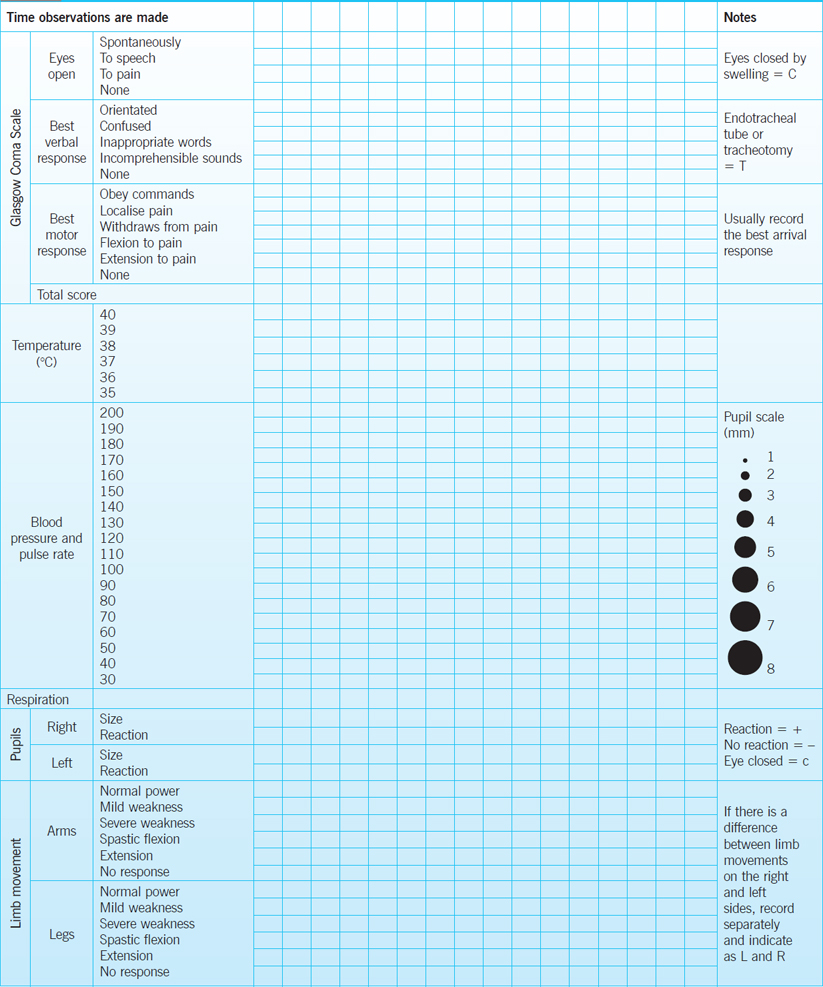


Assessing The Neurological Status Of Patients With Head Injuries
Consciousness is a loosely defined concept that addresses the human awareness of both internal and external stimuli This can refer to spiritual recognition, psychological understanding, medically altered states, or more modernday concepts of life purpose, satisfaction, and selfactualization Levels of Consciousness can be presented in a mapJul 14, 16 · CHART Nursing Management of the Patient with an Altered Level of Consciousness The following are some basic management points for a patient with altered LOC Maintaining a patient airway is a top priorityOct 10, 13 · An altered level of consciousness is any measure of arousal other than normalLevel of consciousness (LOC) is a measurement of a person's arousability and responsiveness to stimuli from the environment 1 A mildly depressed level of consciousness may be classed as lethargy;


Nursing Process The Hospitalized Patient Recovering From Surgery



Neurological Assessment In Children Nurse Key
May 02, 19 · The Glasgow coma scale (GCS) is a tool used to assess and calculate a patient's level of consciousness It was developed more than 40 years ago by two neurosurgeons in Glasgow and is widely applied today1 The GCS uses a triple criteria scoring system best eye opening (maximum 4 points), best verbal response (maximum 5 points), and best motorTo the level of consciousness If one pathway is activated the degree of consciousness may be minimal, however, if many pathways are activated simultaneously then this may result in a high level of consciousness Consciousness demonstrates that the RAS is functioning and is NURSING STANDARD capable of the screening and discrimination ofTo monitor a child at risk of raised intracranial pressure following an event such as a head injury
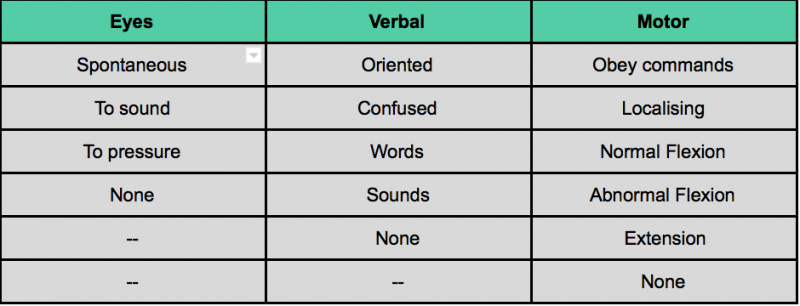


Glasgow Coma Scale Physiopedia
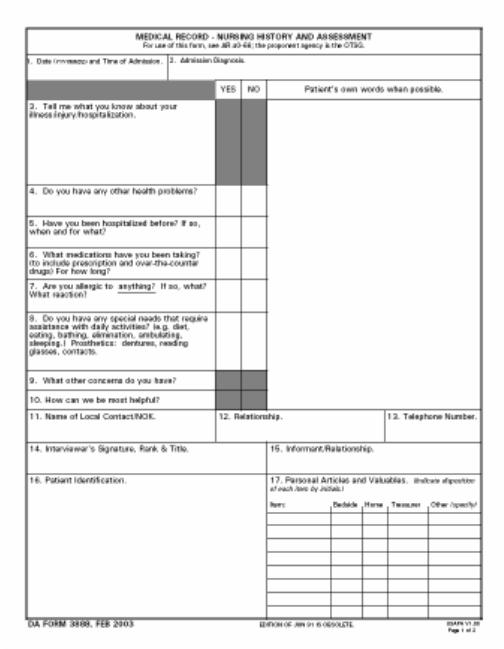


Nursing Fundamentals Ii Multimedia Edition Introduction To Physical Assessment
Level of consciousness and temperature Weight, height and pain assessment will also be discussed The following document describes standards, based on current evidence, best practice and expert opinion The aim of observing and monitoring infants, children and young people fulfils many functions 1) To provide a baseline of normal vital signsAn altered level of consciousness is any measure of arousal other than normal Level of consciousness (LOC) is a measurement of a person's arousability and responsiveness to stimuli from the environment A mildly depressed level of consciousness or alertness may be classed as lethargy;Aug 04, 17 · management of patients with altered level of consciousness altered level of consciousness mr anilkumar br msc nursing lecturer medicalsurgical nursing 2 ∗ The human brain requires a constant supply of oxygen and glucose for normal function ∗ Interruption of this supply will cause loss of consciousness within a few seconds and may also


Nursing Process The Patient With A Brain Injury



Neurological Assessment 1 Assessing Level Of Consciousness Nursing Times
Mar 27, 18 · Assess Level of Consciousness An individual's level of consciousness can deteriorate due to many different reasons, such as head injuries, increased intracranial pressure, haemorrhage, or lesions and tumours Determining the level of consciousness depends on the individual you are assessing and can be easy or difficultNursing Neuro Assessment The initial assessment should be a comprehensive exam covering several critical areas • Level of consciousness and mentation • Movement • Sensation • Cerebellar function • Reflexes • Cranial nerves This initial exam will establish baseline data with which to compare subsequent assessment findingsDec 19, 17 · level of consciousness or new confusion* temperature *The patient has newonset confusion, disorientation and/or agitation, where previously their mental state was normal – this may be subtle The patient may respond to questions coherently, but there is some confusion, disorientation and/or agitation
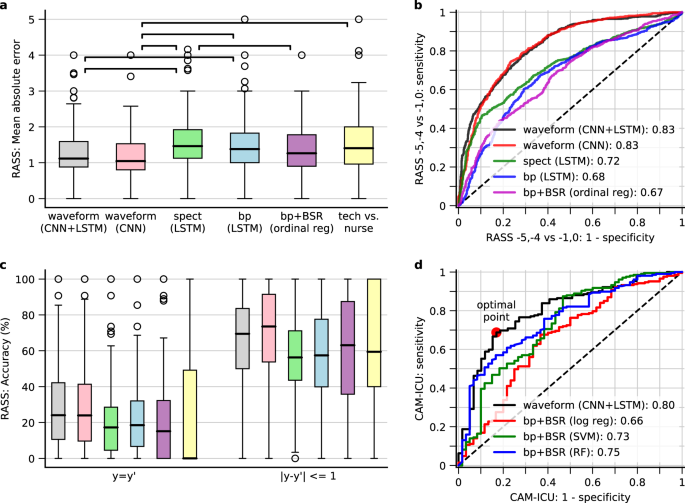


Automated Tracking Of Level Of Consciousness And Delirium In Critical Illness Using Deep Learning Npj Digital Medicine



Scielo Brasil Nursing Care For Women With Pre Eclampsia And Or Eclampsia Integrative Review Nursing Care For Women With Pre Eclampsia And Or Eclampsia Integrative Review
Never Carry Dirty Socks Or Smelly Clothes NNormal CConfused DDelerious SSomnolent OObtunded SStuporous Comatose Description The different levels of consciousness that range from normal to comatose, in orderThere are two documents the " BURPS " listNov 04, · Level of consciousness by Dr David R Hawkins Classified in Health Care Display the contents of the chart New group 2 30 50 75 100 125 150 175 0 All the charts available on the site can be freely downloaded and printed



Altered Level Of Consciousness Pathophysiology And Management Anesthesia Key



10 5 Braden Scale Nursing Fundamentals
Assessment Potential Nursing Diagnoses Obtain a complete health history including allergies, drug history, and possible drug interactions Assess pain (quality, intensity, location, duration) and effect on sleep pattern Assess respiratory function Assess level of consciousness before and after administration Obtain vital signsAs a faculty who coordinates one of your first semester courses I am making available to you some helpful and useful information I have included it below for your reading pleasure!Nov 12, 14 · Management of the Patient with Reduced Consciousness Primary topic Initial management of the patient with reduced consciousness Secondary topics Differential diagnosis Management of DKA Curriculum mapping Foundation programme 71 (Core skills in relation to acute illness) Knowledge Common presenting symptoms and signs of acute illness



Nursing Care Of The Surgical Patient Straight A Nursing



Glasgow Coma Scale Flow Chart A Beginner S Guide British Journal Of Nursing
Oct 18, 09 · The single most important assessment Evaluation of level of consciousness (LOC) and mentation are the most important parts of the neuro exam A change in either is usually the first clue to a deteriorating condition The following terms are commonly used to describe a decreased LOC, so it helps to be familiar with them FullJan 19, 12 · Levels Below 0 The lower levels of consciousness include Shame, Guilt/Hate, Apathy, Grief, Fear, Desire, Anger and Pride These levels are the most painful that we experience and it is the pain that these levels create that drive us inJul 08, 08 · Consciousness is defined as the state of being aware of physical events or mental concepts Conscious patients are awake and responsive to their surroundings (Marcovitch, 05) The level of consciousness has been described as the degree of arousal and awareness A manifestation of altered consciousness implies an underlying brain dysfunction



Understanding The Glasgow Coma Score Nurse Org



Recommended Avpu Consciousness Level And Sedation State Download Table
Levels of Consciousness Chart Many of these terms mean different things to different people, and may prove inaccurate when transmitting and recording information regarding the state of consciousness of a patientLevel of consciousness should also be assessed upon initial contact with your patient and continuously monitored for changes throughout your contact with the patient a AVPU The AVPU scale is a rapid method of assessing LOC The patient's LOC isPatient's chart PART 1 – A SSESSING LEVEL OF CONSCIOUSNESS PROFESSIONAL RESPONSIBILITIES *HOLYPUL /VSSPJR This procedure should be undertaken only after approved training, supervised practice and competency assessment, and carried out in accordance with local policies and protocols For more Practical Procedures subscribers to Nursing Times



Gcs 40 Glasgow Coma Scale Updates Standardize Stimulation Response



National Early Warning Score News 2 Rcp London
The lifeview is tragic Grief is a higher level than apathy, because one starts feeling more energy at this level, albeit of sadness and loss Fear 100 Energy at this level is oriented in anxiety At this level, one views everything uncertain as fearful and thus undergoes the state of withdrawal Thus, fear prevents personal growth from



How To Fill In And Interpret An Observation Chart The Bmj



Assessment Of Older People 4 Assessing The Psychological Domain Nursing Times
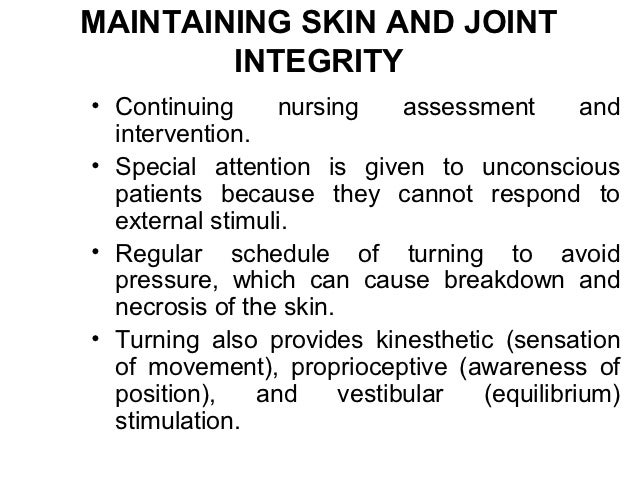


Altered Level Of Consciousness



Pdf The Glasgow Coma Scale And Other Neurological Observations



Management Of Clients With Altered Level Of Consciousness



Ems Recap The Glasgow Coma Scale Ems World



Pdf Top Of The Charts Detecting Neurological Deterioration More Efficiently Through Improved Documentation



Pin On Registered Nurse Ce Info



Pin On Nursing Mnemonics And Tips


Clinical Guidelines Nursing Observation And Continuous Monitoring
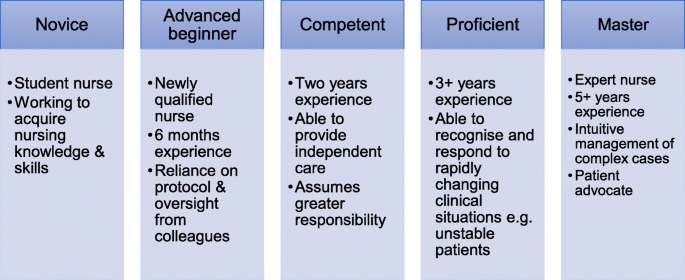


Competence Perceptions Of Veterinary Nursing Students And Registered Veterinary Nurses In Ireland A Mixed Methods Explanatory Study Irish Veterinary Journal Full Text
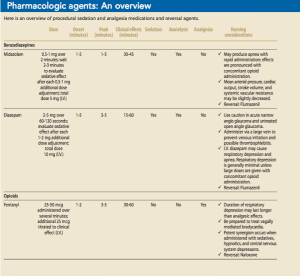


Nursing Considerations For Procedural Sedation And Analgesia Part 1 American Nurse
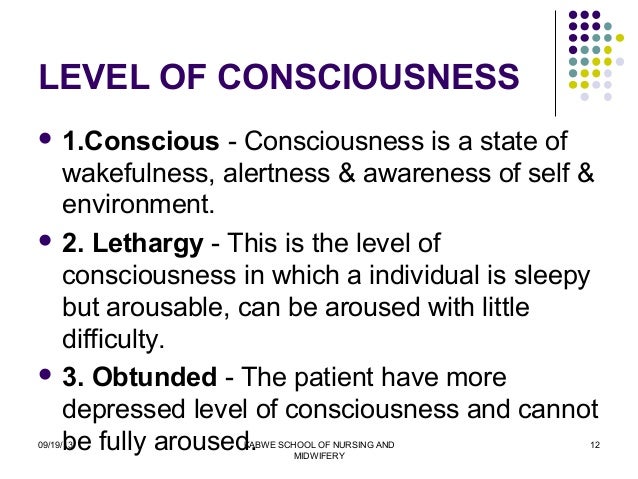


Care Of Unconcious Patients



Pdf Top Of The Charts Detecting Neurological Deterioration More Efficiently Through Improved Documentation



Table 1 From Improving Glasgow Coma Scale Gcs Competency Of Nurses In One Acute Stroke Unit A Nursing Initiative Project Semantic Scholar



Levels Of Consciousness



Accuracy Of Nurse Documentation Of Delirium Symptoms In Medical Charts Semantic Scholar
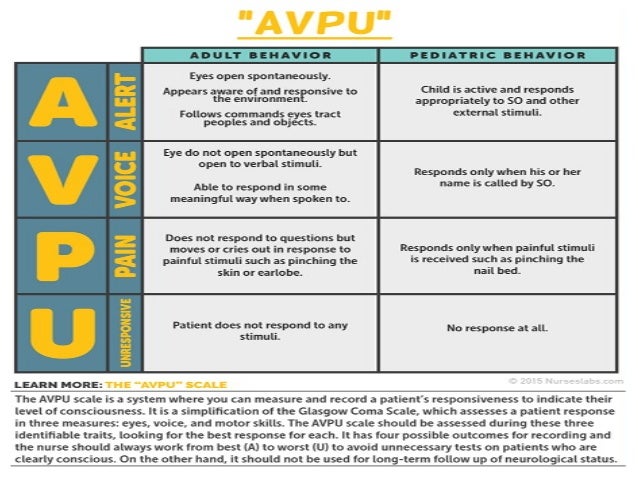


Assessment Of Consciousness



Pdf The Glasgow Coma Scale And Other Neurological Observations



Figure 3 From Improving Glasgow Coma Scale Gcs Competency Of Nurses In One Acute Stroke Unit A Nursing Initiative Project Semantic Scholar
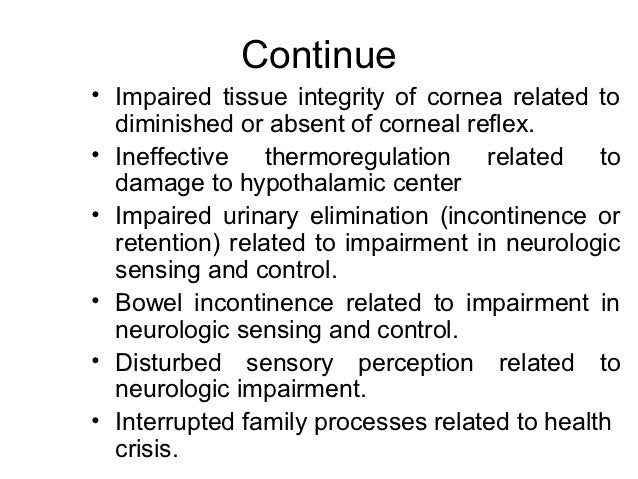


Altered Level Of Consciousness



Levels Of Consciousness Assessment For Nurses Loc Youtube



How To Manage Seizures The Veterinary Nurse
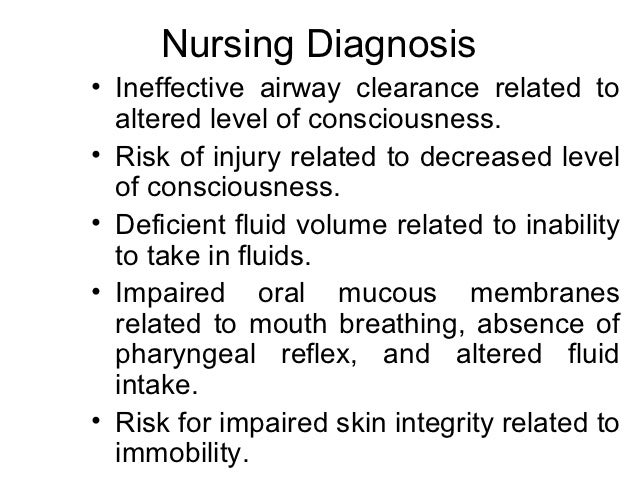


Altered Level Of Consciousness
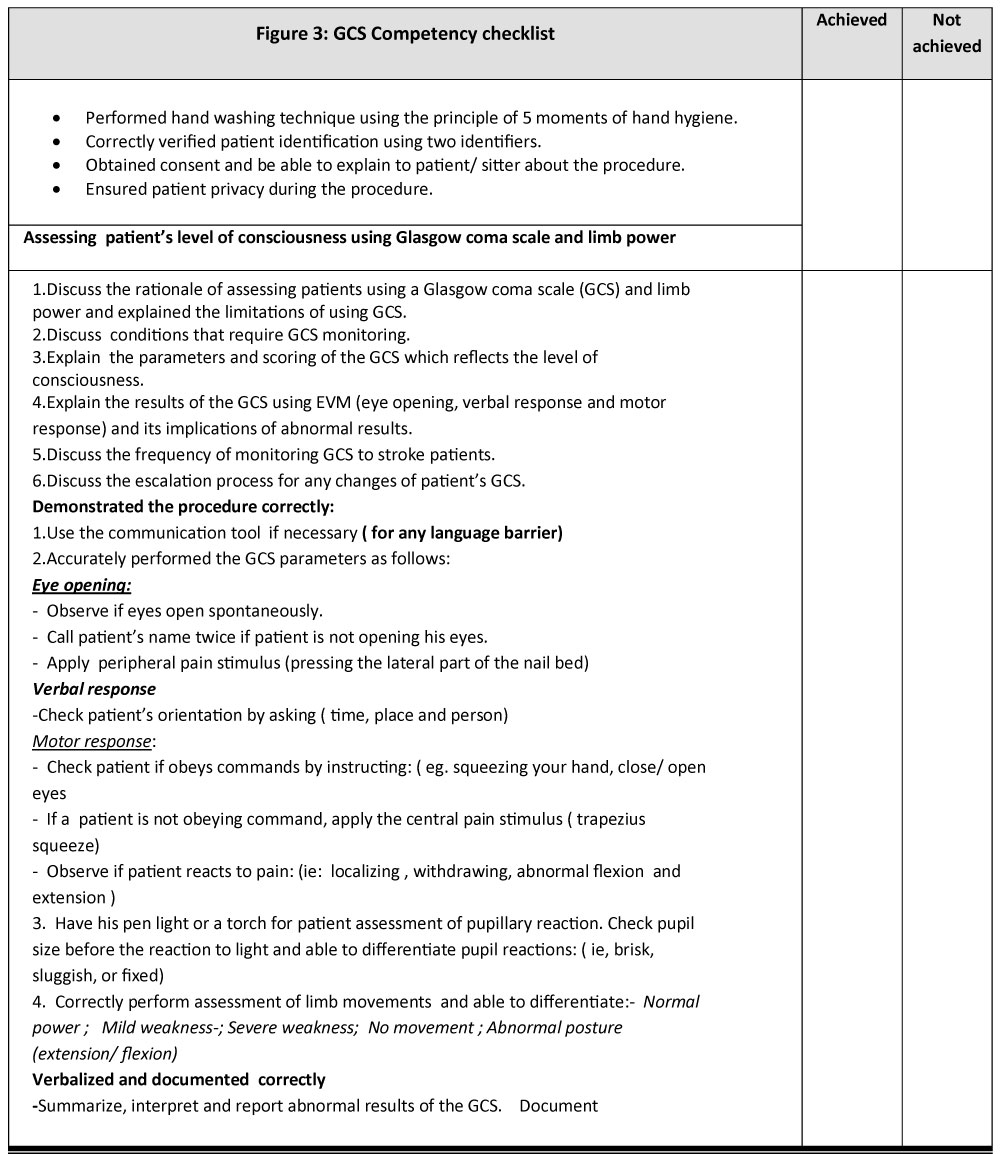


Www Ncbi



Observations Nursing Problem Assessing Level Of Consciousness Medical Health Information



Neurological Assessment Nurse Key
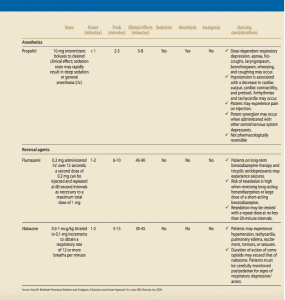


Nursing Considerations For Procedural Sedation And Analgesia Part 1 American Nurse
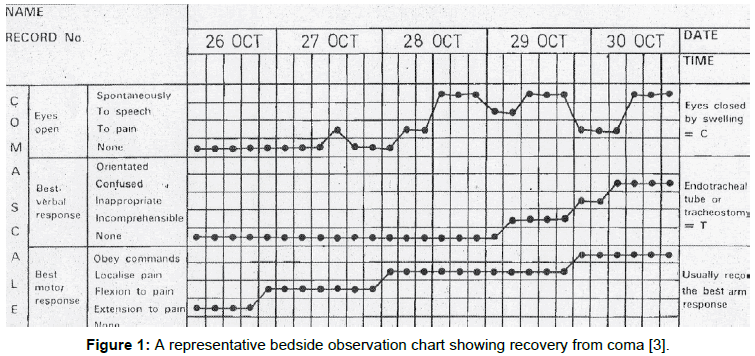


The Glasgow Coma Scale A Breakthrough In The Assessment Of The Level Of Consciousness



Core Competencies Of Registered Nurse Pdf Free Download



Sage Books Professional Skills In Nursing A Guide For The Common Foundation Programme



Nursing Health Assessment Mnemonics Tips Nurseslabs



Practical Aspects Of Performing Glasgow Coma Scale Observations



Key Features Of New Chart Temperature Plotted On A Large Scale Blood Download Scientific Diagram



Pdf Identification And Evaluation Of Observational Measures For The Assessment And Or Monitoring Of Level Of Consciousness In Adult Palliative Care Patients A Systematic Review For I Can Care



Neurological Assessment Ed Areyouprepared



Stroke Examination Tools Careercert



Levels Of Consciousness Nursing Com Podcast
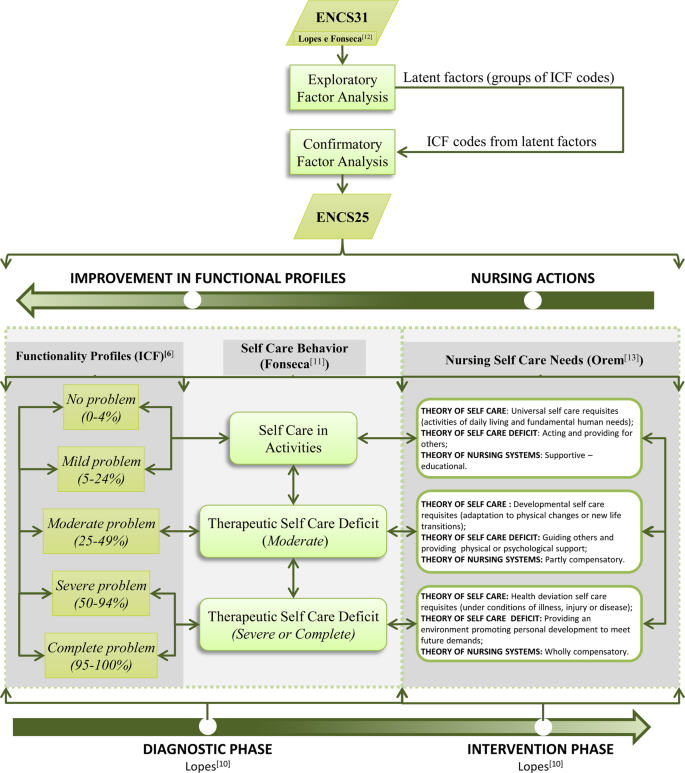


A Nursing Care Intervention Model For Elderly People To Ascertain General Profiles Of Functionality And Self Care Needs Scientific Reports
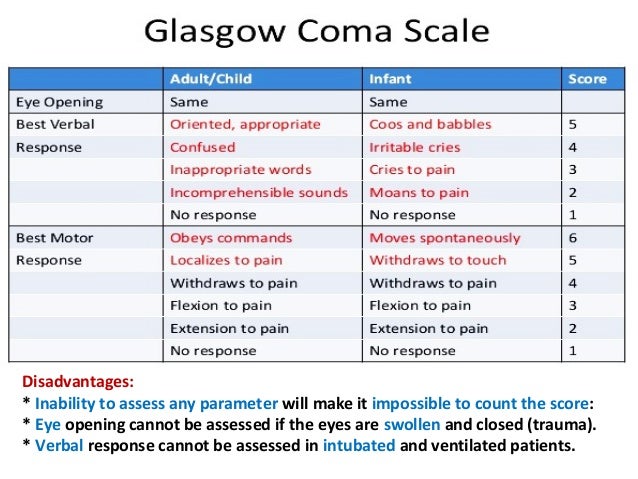


Assessment Of Consciousness
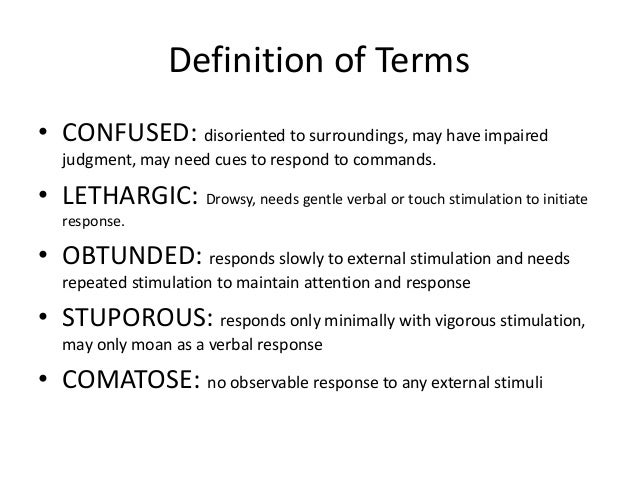


Level Of Consciousness Gcs



Avramov S Scale To Assess The Level Of Consciousness 16 Download Table
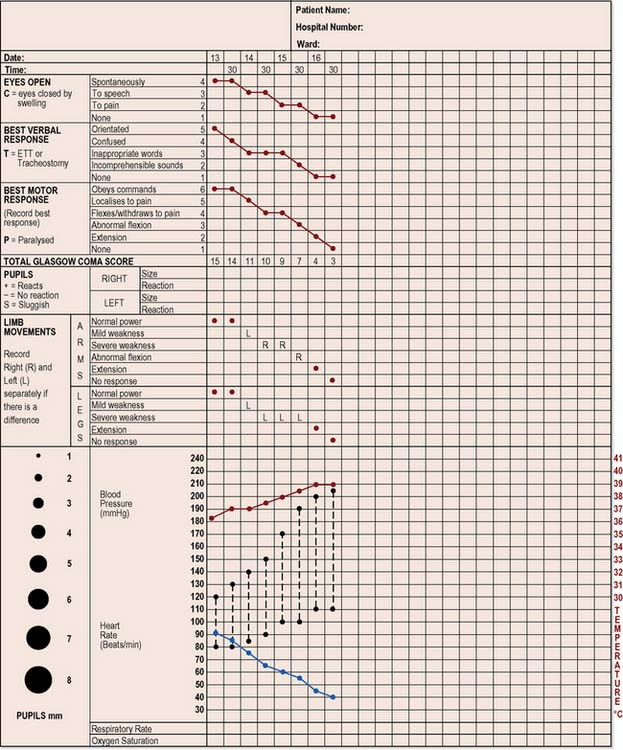


Nursing The Unconscious Patient Nurse Key
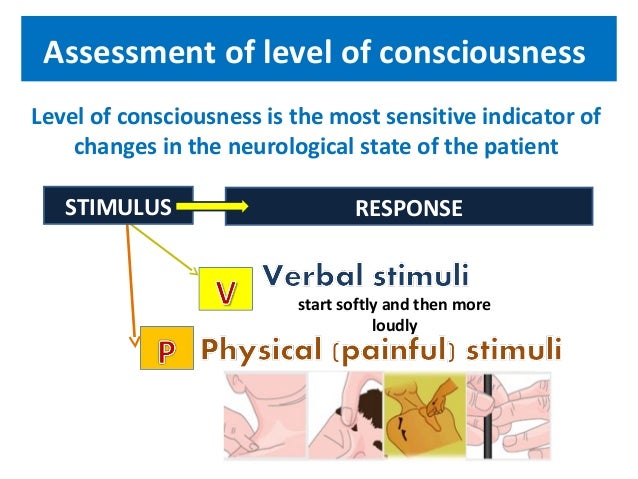


Assessment Of Consciousness



Nursing Process The Patient During Surgery



The Glasgow Coma Scale In Adults Doing It Right



Palliative Performance Scale Pps Hospice Care Referrals Vnsny
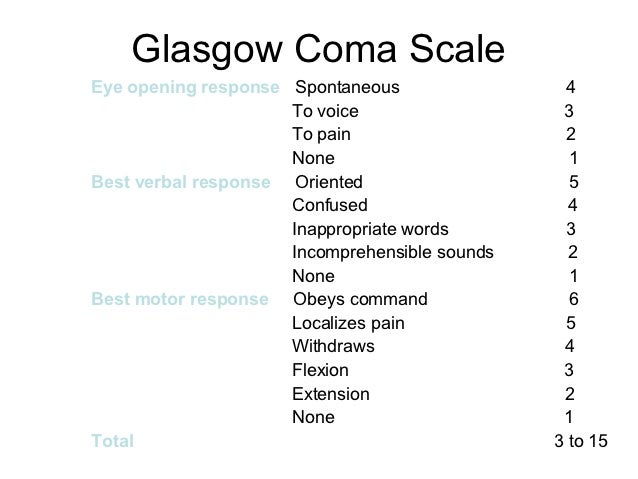


Altered Level Of Consciousness


Unconscious Clients Patients Assessment Nursing Diagnosis Nursing Procedure



Relationships Among Active Listening Self Awareness Empathy And Patient Centered Care In Associate And Baccalaureate Degree Nursing Students Sciencedirect



Altered Level Of Consciousness



A Quick Guide To The Avpu Scale Firstaid Firstresponder Mysjaday Firstaider Cpr Cprtraining Cprcertified First Aid Tips Nursing Mnemonics Cpr Training
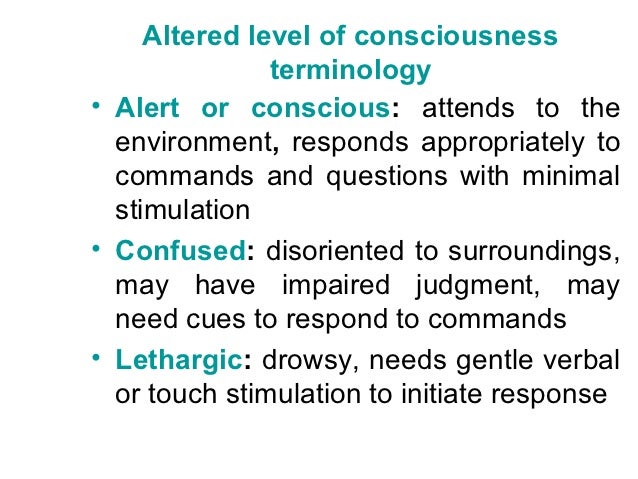


Altered Level Of Consciousness



Levels Of Consciousness Nursing Information Pharmacology Nursing Levels Of Consciousness



6 Mechanical Ventilation Nursing Care Plans Nurseslabs
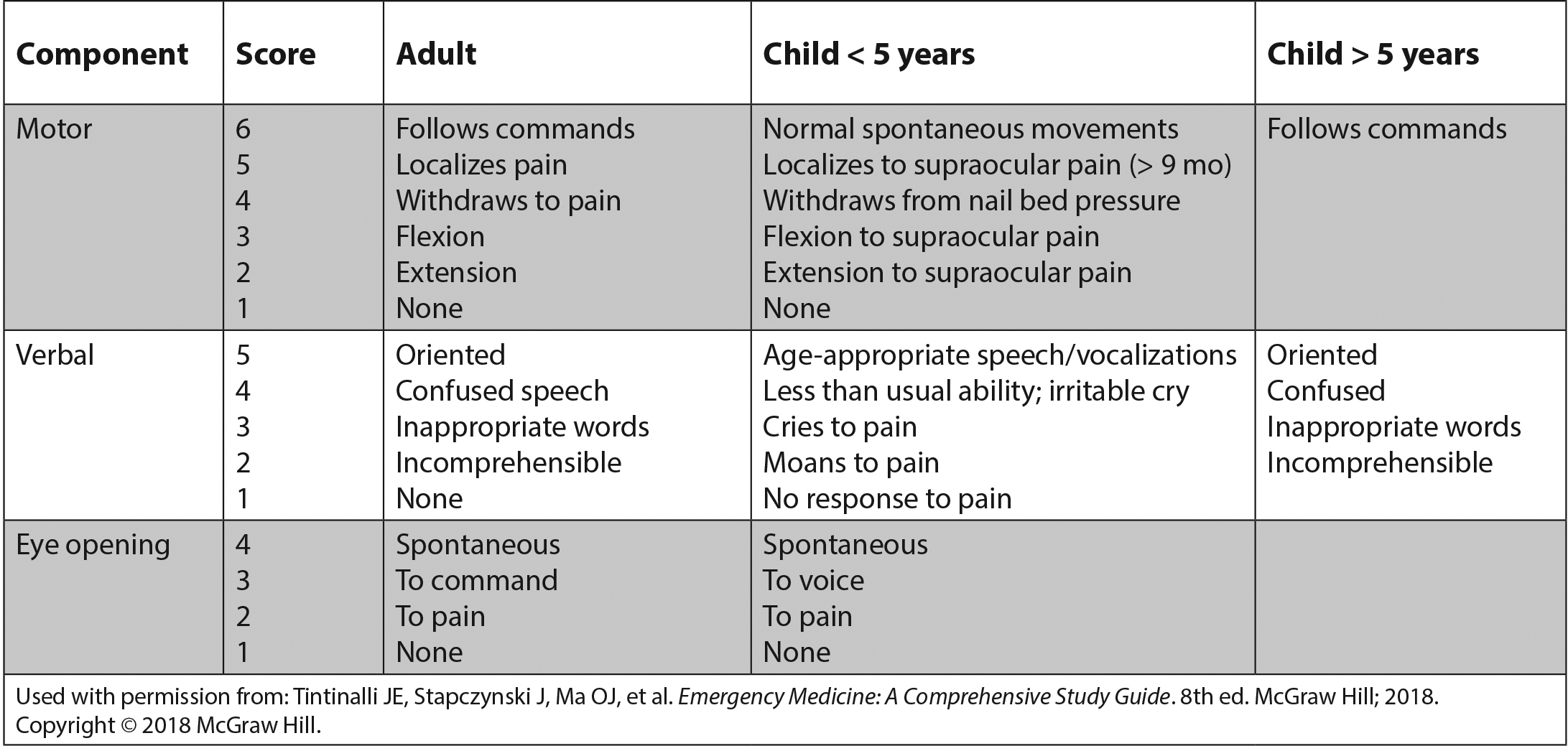


Evaluation And Treatment Of Altered Mental Status In The Emergency Department 05 01 Relias Media Continuing Medical Education Publishing



Glasgow Coma Scale Flow Chart A Beginner S Guide British Journal Of Nursing



Example Orc For 4 Response Level Rrs Download Scientific Diagram
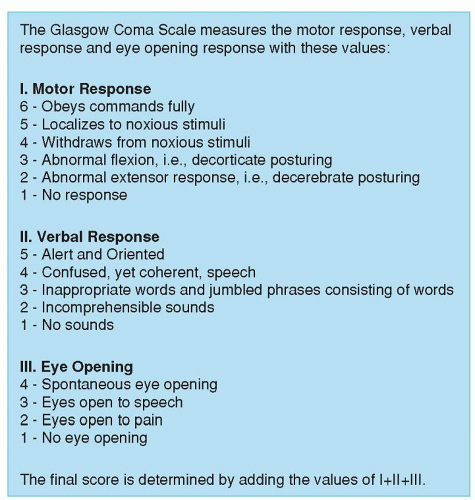


Neurological Assessment Nurse Key
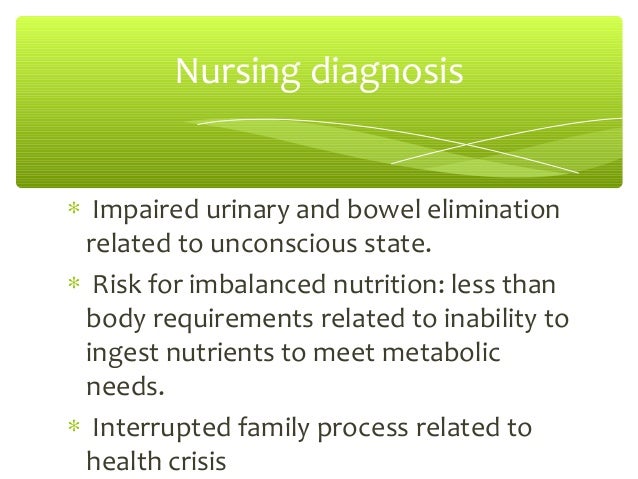


Management Of Clients With Altered Level Of Consciousness



Meows Avpu Gcs And Sbar Nurse Key
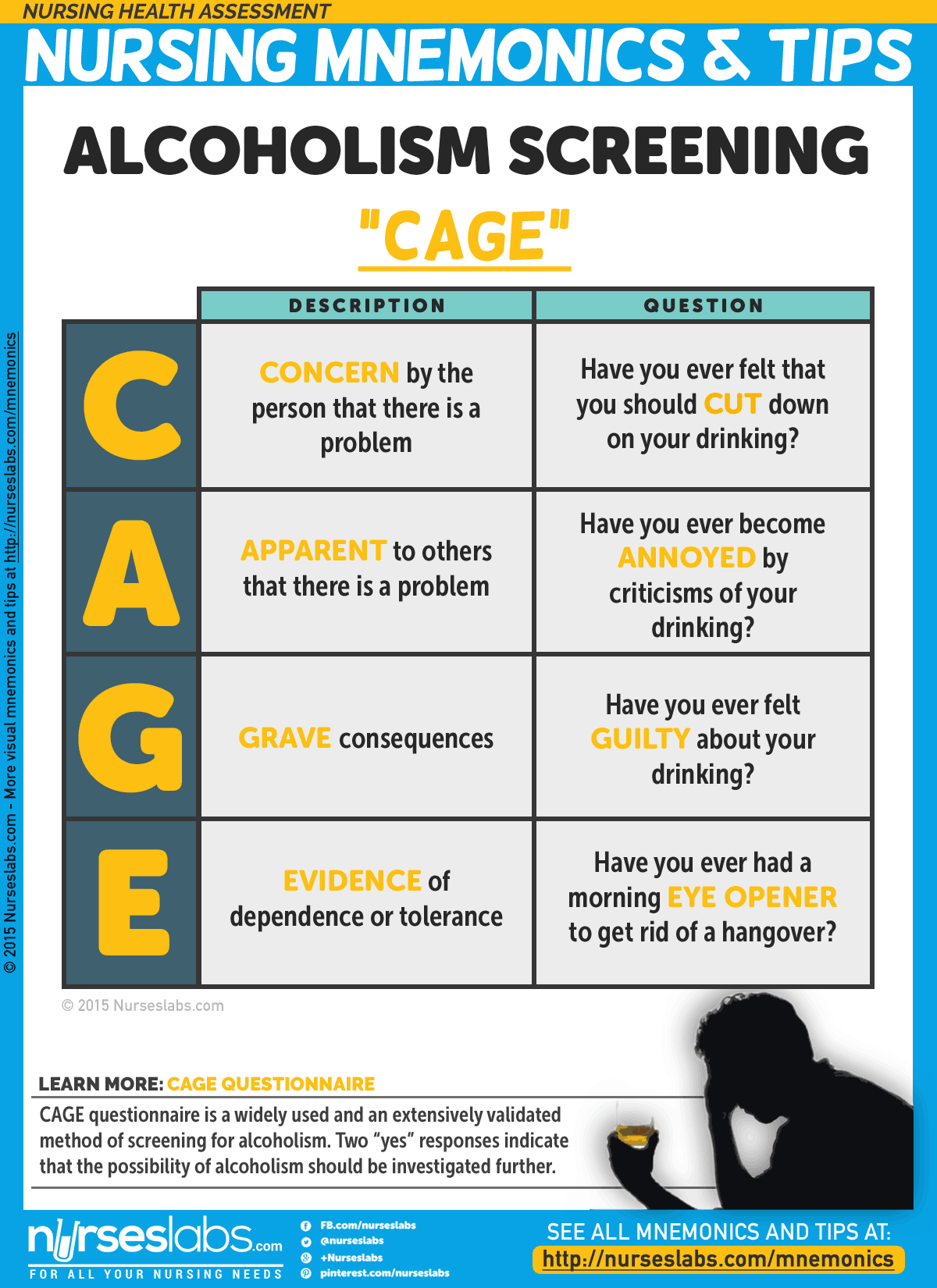


Nursing Health Assessment Mnemonics Tips Nurseslabs



Glasgow Coma Scale Glasgow Coma Scale Nursing School Prerequisites Nursing Assessment



Management Of Clients With Altered Level Of Consciousness
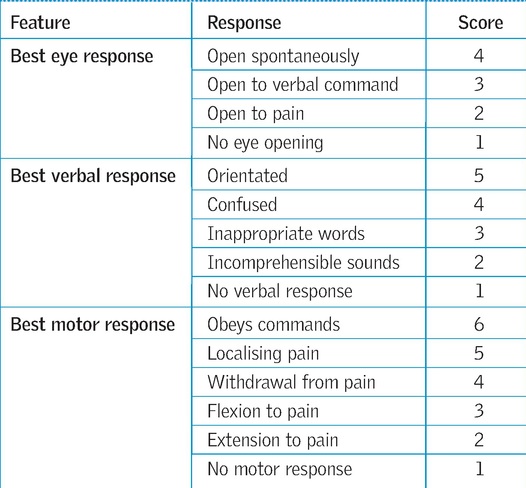


Conscious Level Chart Assessment Baran



What Is The Glasgow Coma Scale Gcs Mission Nursing



Nih Stroke Scale Severity Mortality Nih Stroke Scale Nursing Tips Levels Of Consciousness



Activ8rlives
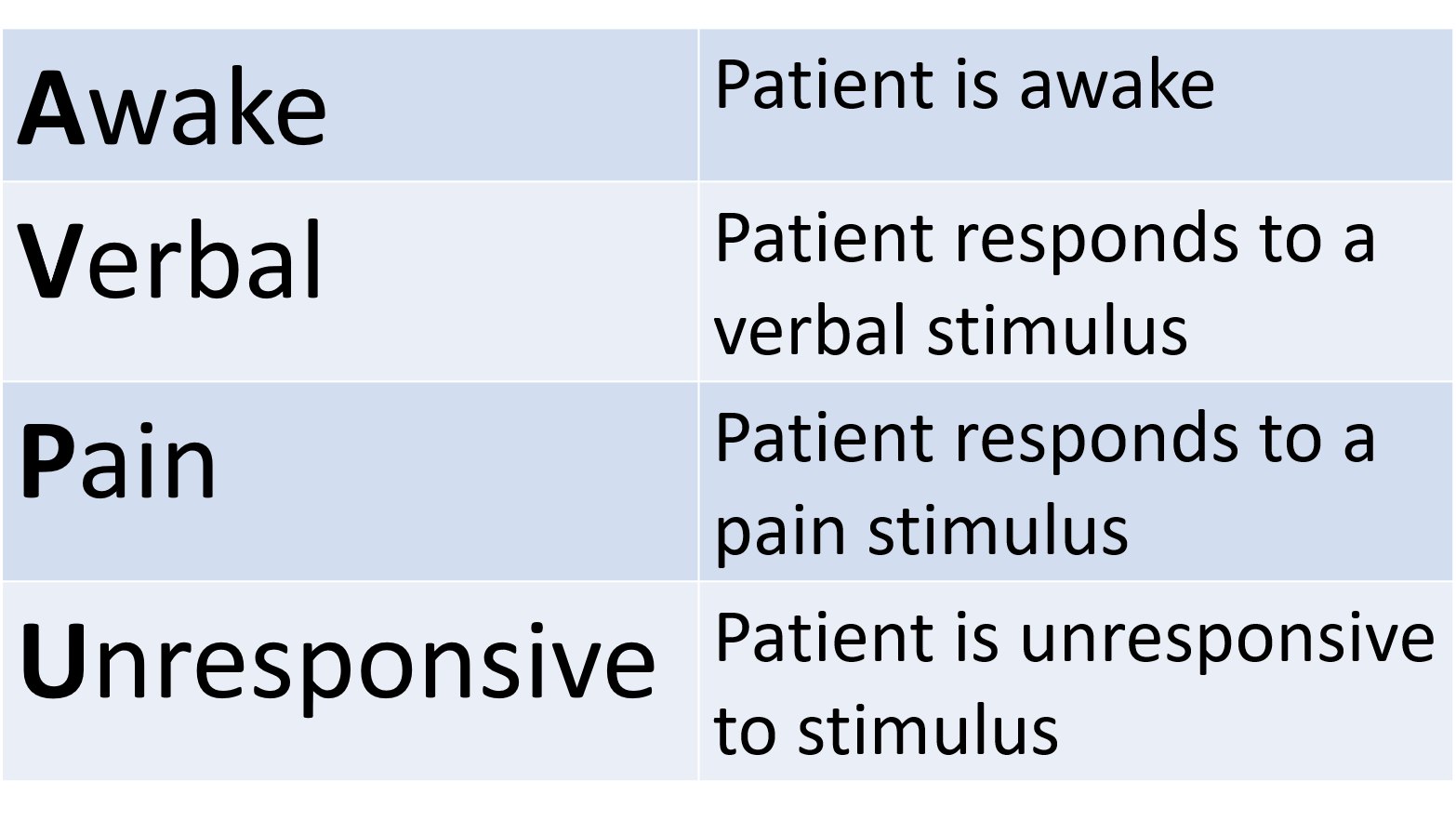


How To Use Avpu To Check Level Of Consciousness



David Hawkins Map Of Consciousness Maps Catalog Online



0 件のコメント:
コメントを投稿